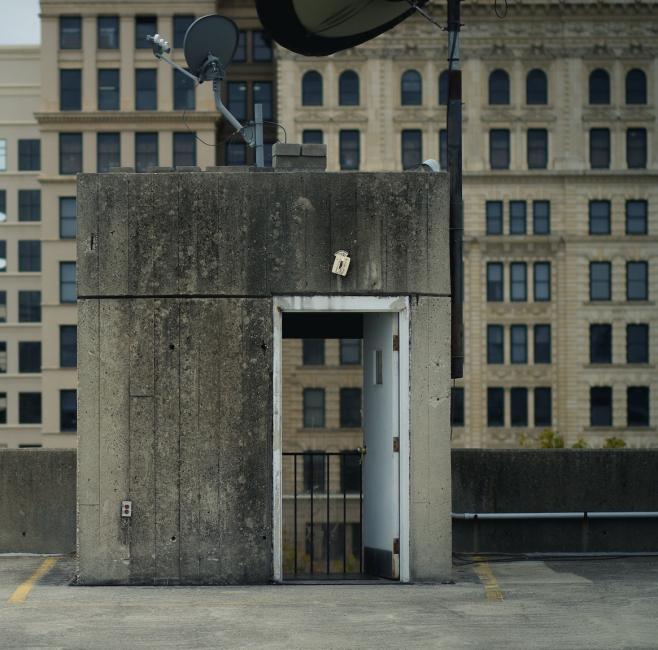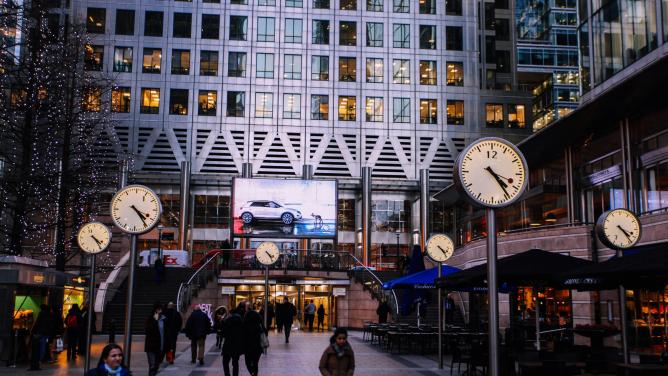An under-exploited “fifth facade”
As the price of urban land has never been so high, densification is one of the main solutions to land take, and the city is trying to reintroduce nature, roofs are increasingly becoming a sort of El Dorado. Using rooftops as a solution, which up until recently were one-off occurrences (like the incredible roof gardens in New York at the turn of the 20th century, or the test track at Turin’s Fiat Lingotto factory), is today on the verge of becoming the norm. The success of the Rotterdam Rooftop Days festival, as well as its offshoots in Marseille and Paris, seems to bear witness to this. But if the transition from offering a cover function to a more “active” use in the urban landscape is widely integrated by architects and urban planners, today we still need to prioritise uses while imagining new solutions for occupying the space. As such, rooftops – which represent between 19-25% of a city’s surface area – could become an essential support for urban agriculture, energy production, entertainment purposes, housing extensions or simply public space.
Immense energy potential
One of the most promising – and technically mature – avenues is to use rooftops as place for producing energy. A study carried out by the UCL Energy Institute shows that rooftops could cover half of the UK’s solar energy needs. According to the IEA, 100 million homes will be powered by rooftop solar energy by 2030 worldwide. To achieve this objective, the energy potential of rooftops needs to be mapped in order to optimise the solar deployment. This mission is perfectly suited to the skills of AI, which harnesses the power of satellite imagery. With Solar API, Google is well positioned on the topic and already offers to accelerate and optimise rooftop solar panel installation. The potential of solar roofs is such that outlines for their use is now being passed into law. The European Solar Rooftops Initiative plans to make the use of solar panels compulsory on a certain sized public and commercial buildings by 2026.
Nature and agriculture
Faced with densification, in order to enhance the “ecosystem services” provided by nature in the city, or to promote local agricultural production, rooftops offer significant “natural” potential. The Lab Recherche Environnement identified four main project types: urban micro-farms primarily for educational purposes, communal gardens, productive farms and edible terraces, directly linked to a restaurant. Apart from food production, green roofs help promote a form of urban biodiversity while contributing to building insulation and reducing heat islands. For example, a study carried out in Spain shows that green roofs act as refuges for arthropods, whose population is in decline. Meanwhile, in North Carolina, the Garage Apartments residential building has been specially designed to promote biodiversity thanks to its selection of plant species linked to local pollinators.
A question of density… and money!
From the Middle Ages, the Venetians built altane on the roofs of the city. These aerial terraces used to serve as gardens or places to socialise, and now they provide an escape from the dense, mineral and dirty city. Today, the idea of building a city on top of the city is making a comeback, driven in particular by land prices. In London, extension planning rule changes is being presented as a way of combating the housing crisis. A model developed by Knight Frank estimates that 40,000 new homes could be built on rooftops in the British capital. Meanwhile, in order to free up space, other companies are looking to tackle rooftops that are apparently more complex to extend – such as Paris’ Haussmann zinc rooftops. This is the challenge set by Roofscapes, a startup created by three MIT students, which develops wooden structures that are suspended and supported on adjoining load-bearing walls to overcome the slope constraints linked to Parisian constructions.
A new urban playground
Apart from the main uses identified thus far, rooftops offer an infinite playground for urban designers. A number of emblematic examples illustrate the still unexplored potential of rooftops. In Copenhagen, the CopenHill waste treatment and energy production plant, designed by Bjarke Ingels Group, includes a ski slope on the roof! Also in Denmark, Park ‘n’ Play features a huge children’s playground on the roof of its car park. In Melbourne, Lido Cinemasis reinventing the outdoor cinema experience on its rooftops. And in Singapore, the world-famous Marina Bay Sandsinfinity pool is the best way to enjoy the luxury hotel’s exceptional rooftop location. Rooftops can also be the site of artistic or political expression. In 2009, Greenpeace activists headed to the rooftop of Hewlett Packard to protest over the company’s use of toxic chemicals in their products. On the other end of the scale, more recently street artists Ella&Pitr created the largest mural in Europe on the rooftop of Paris Expo Porte de Versailles.
The sky’s the limit?
From Metropolis to Trantor, science fiction is full of (largely dystopian) cities where new functions are endlessly stacked on top of one another. More tangible, illegal roof extensions are now characteristic of cities like Taipei, and raise questions surrounding health and safety. The issue concerning how to access rooftops is also a central one, raising the question of how to define an aerial public space. Back in October 2022, Mathilde Chaboche, then deputy mayor of Marseille in charge of town planning, talked about a “droit au ciel” (or “right to the sky”), even though rooftops are today largely privately owned. Finally, the question of different functions cohabitating calls for reflection on urban roof planning. In Grenoble, the local urban planning agency (AURG) is already championing the installation of biosolar roofs, combining renaturation and photovoltaics. The institution highlights the synergies between “renewable energy production, developing a certain level of biodiversity, rainwater management and improving the urban microclimate.”
At a time when we are trying to combat the artificialization of land and cities are suffocating in the face of global warming, rooftops represent a vast reserve of untapped space, and are whetting new appetites. To ensure that this scramble for the sky doesn’t turn into a rooftop war, it’s vital that we put our roofs back at the heart of the debate!



